Bathroom window glass replacement in London. Double glazed privacy window glass range:
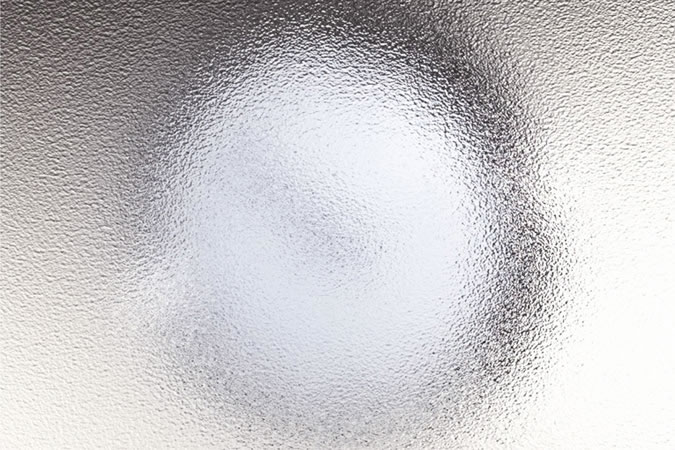
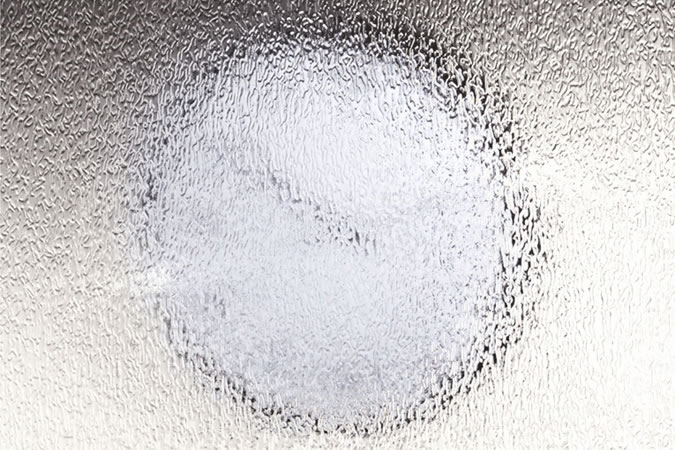
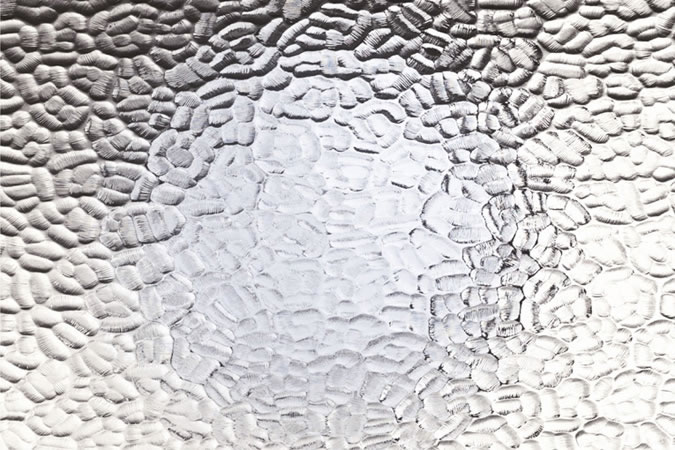
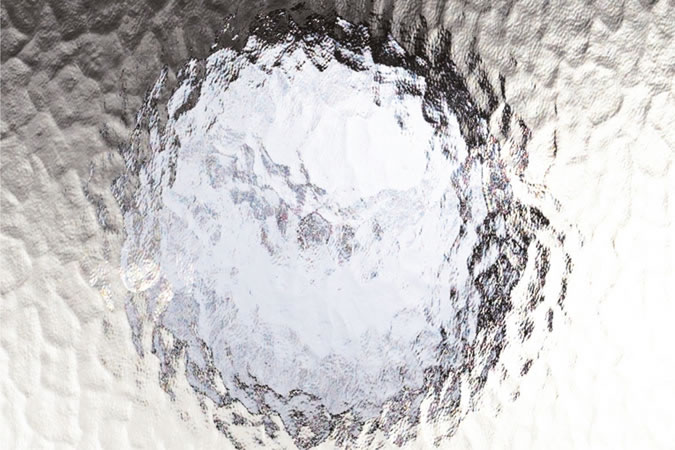
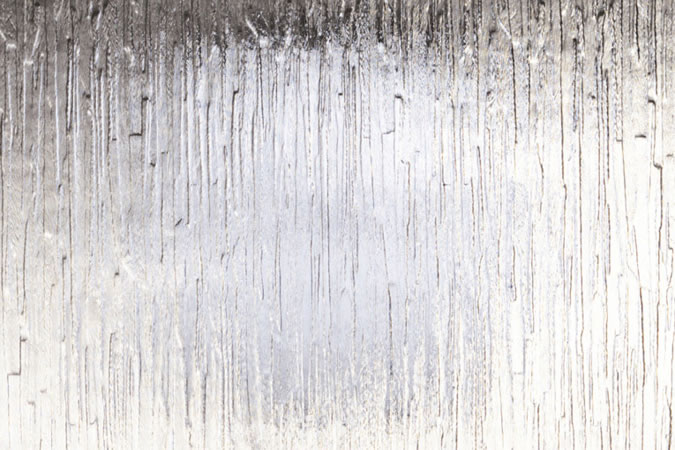
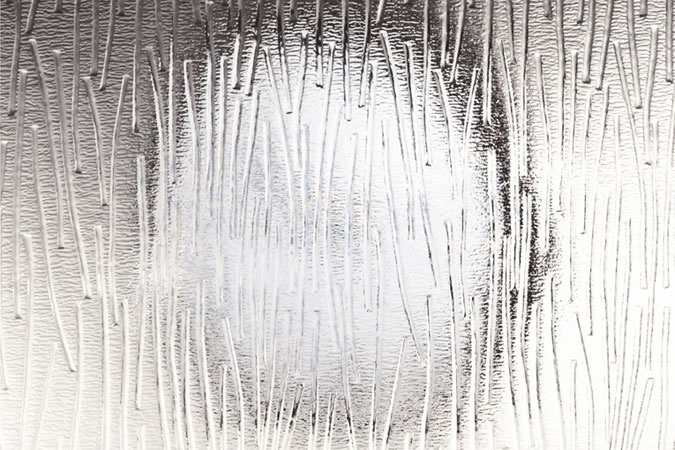
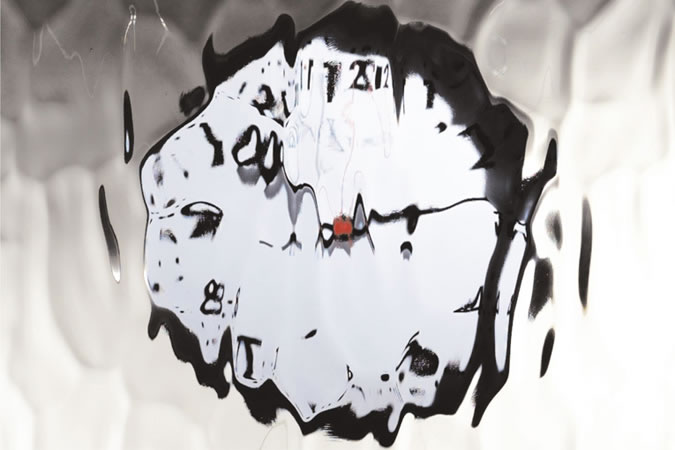

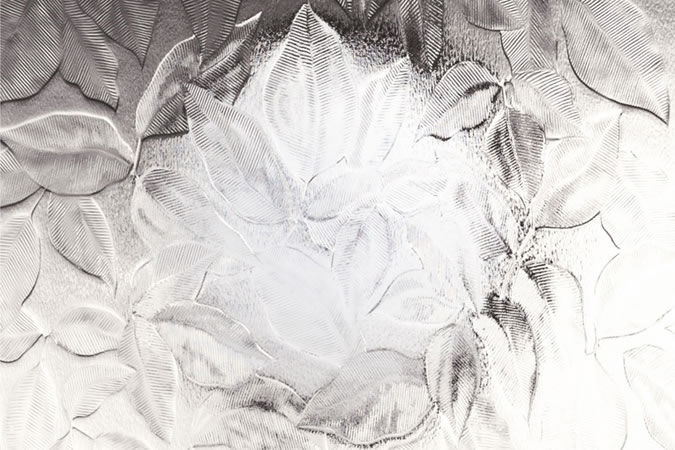
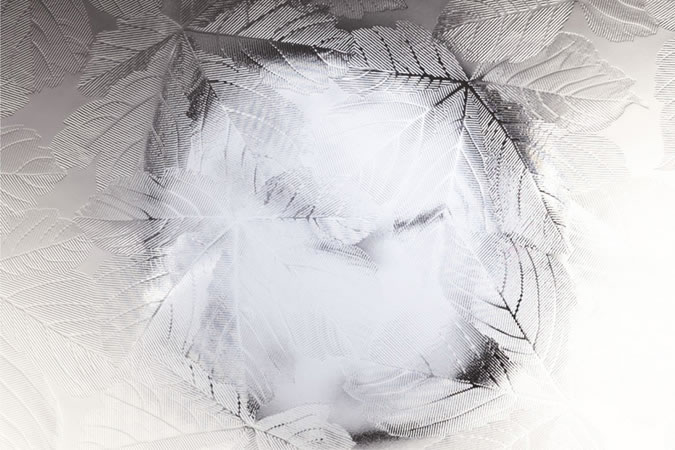
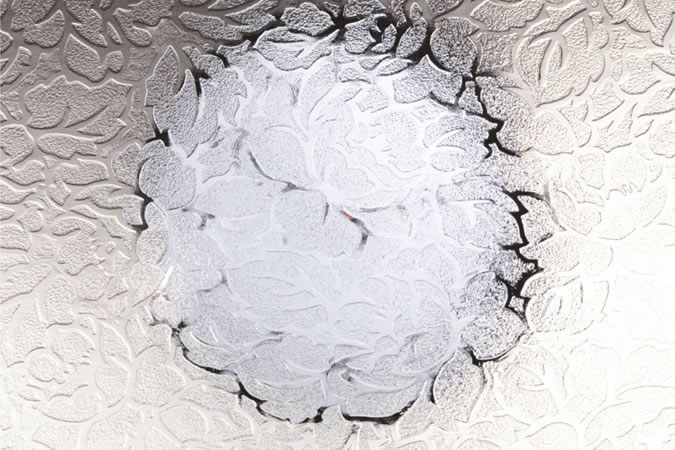
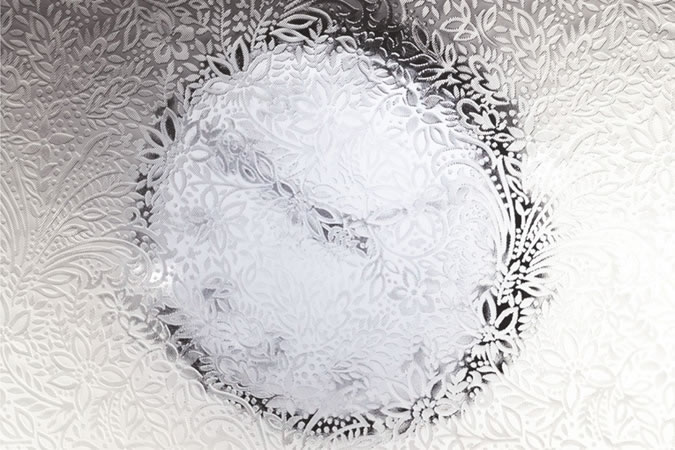
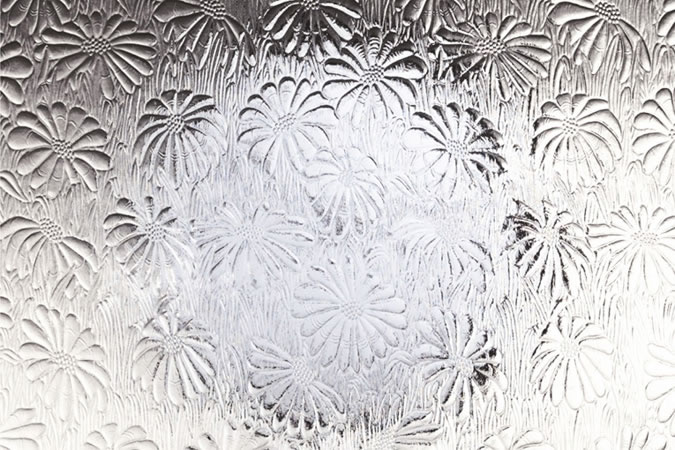
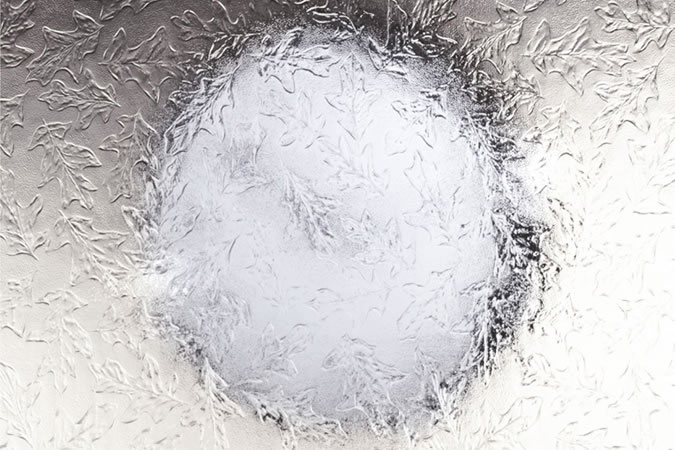
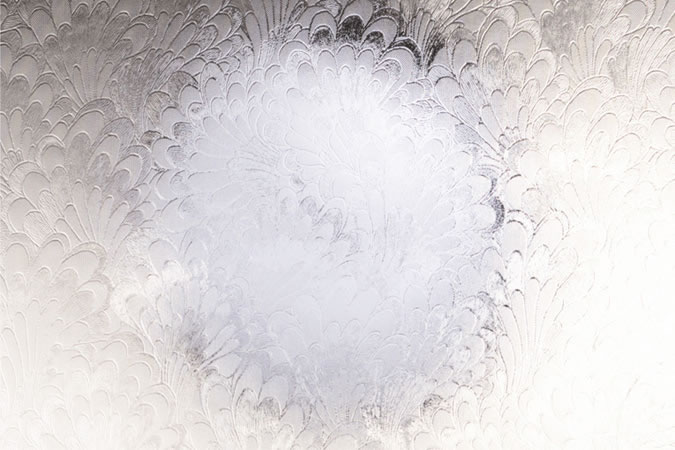
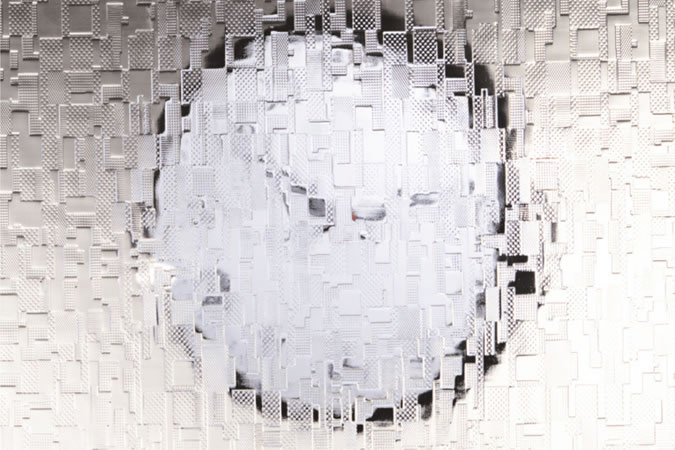
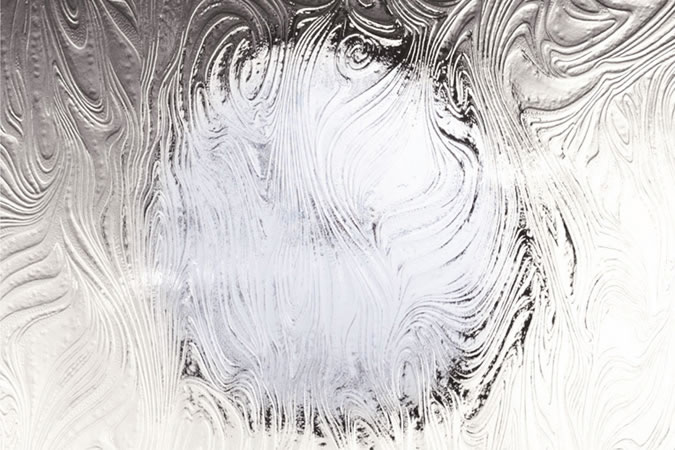


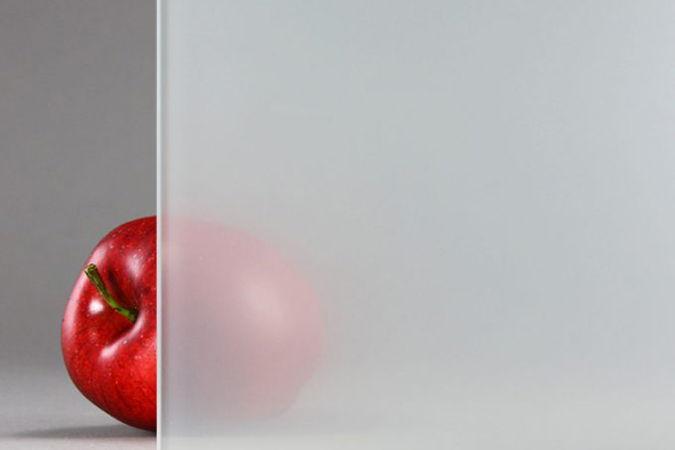

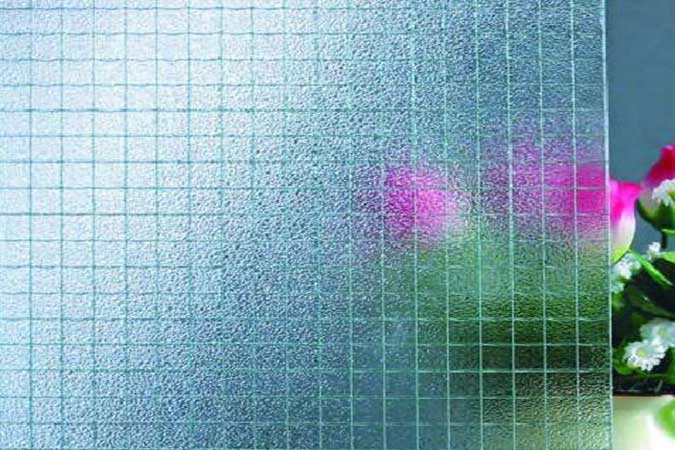
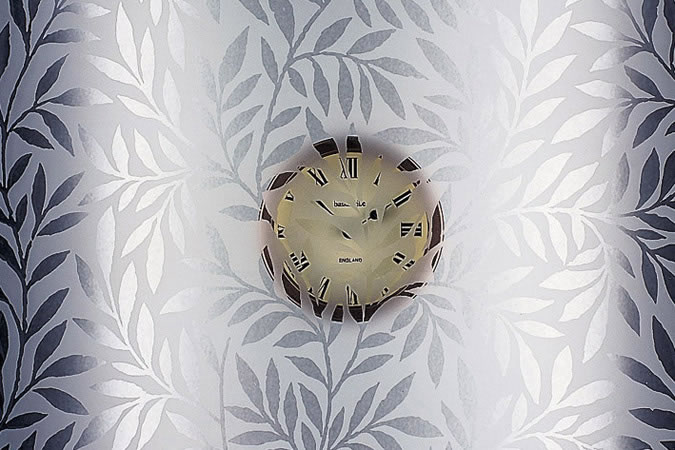
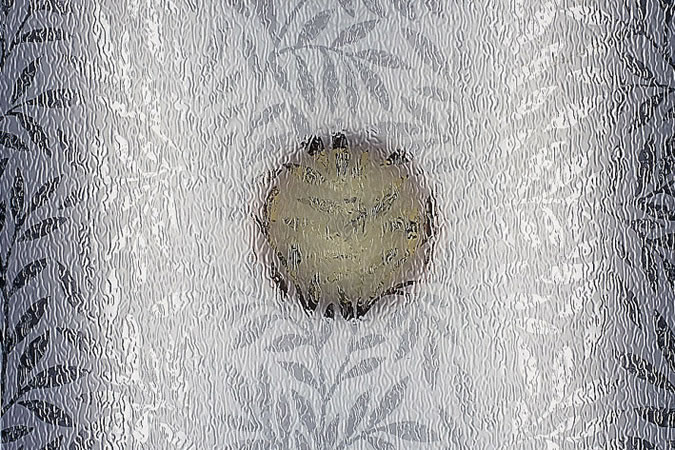
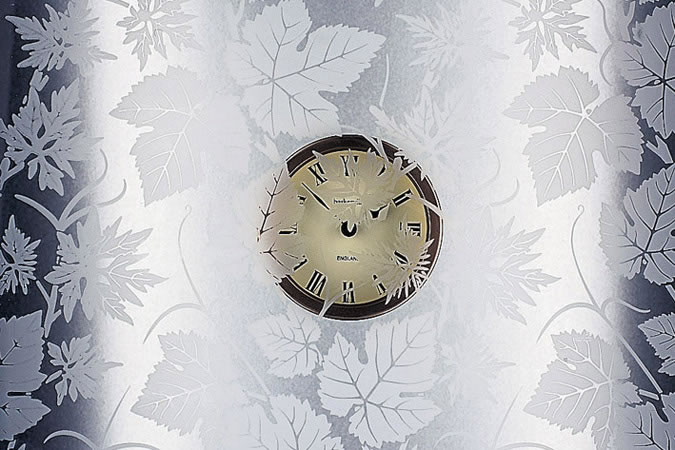
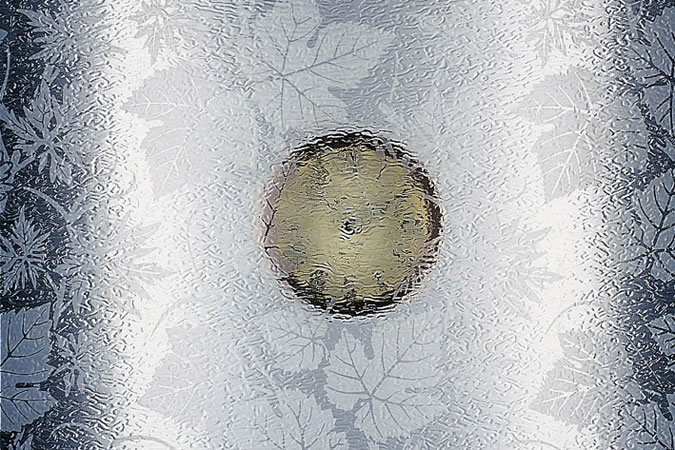
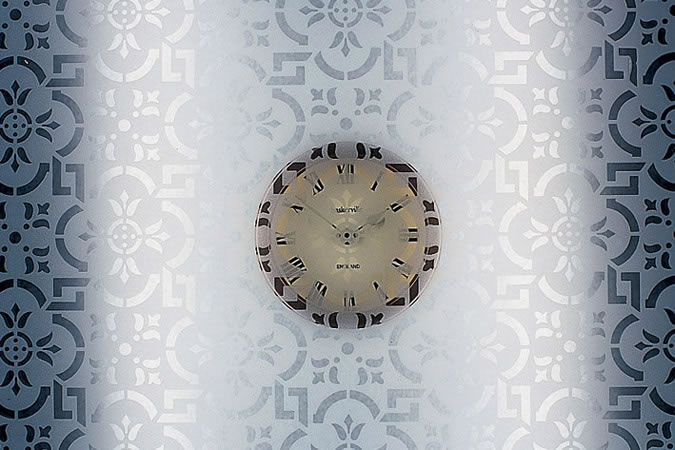
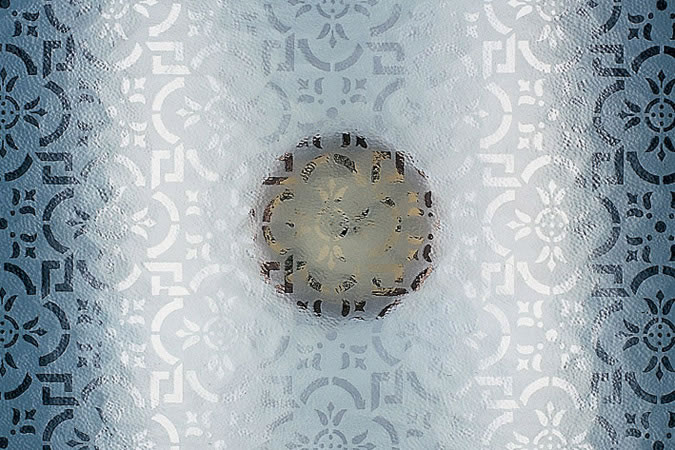
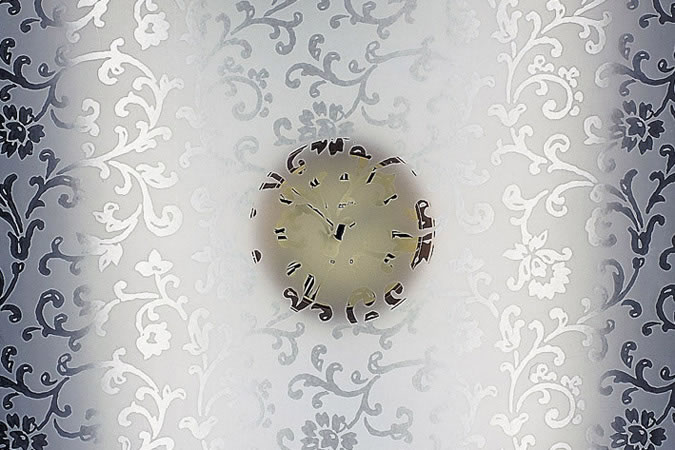
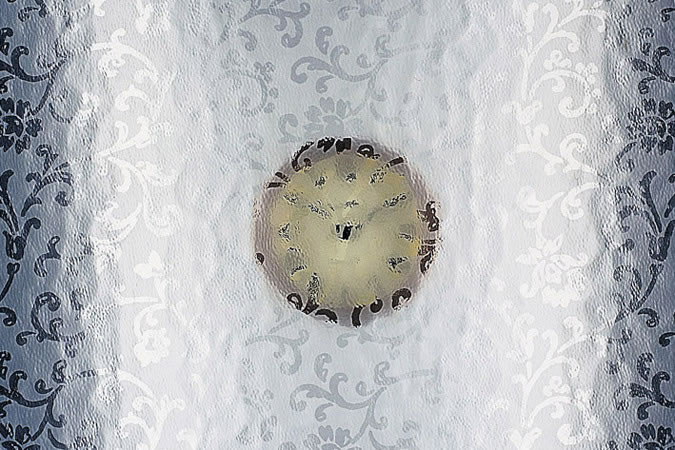
Stippolyte Glass
Stippolyte glass is a type of decorative glass that became popular during the late 19th and early 20th centuries. It is known for its distinctive pattern and coloration, often featuring vibrant, iridescent hues. The glass is characterized by its “stippled” or “dimpled” surface texture, which gives it a unique look compared to other types of glass.
Origins and Development:Stippolyte glass was developed by glass manufacturers in the late 1800s, particularly in England and the United States. The exact origins are somewhat unclear, but it became a notable style of art glass during the Art Nouveau and early Art Deco periods. Stippolyte glass is often associated with companies like the Bristol Glassworks in the UK, as well as the Steuben Glass Works in the U.S., which were known for producing high-quality glass with intricate designs.
Characteristics:• Texture: The defining feature of Stippolyte glass is its surface texture. The glass is created with small, raised dots or stipples, giving it a textured, uneven surface.
• Coloration: Stippolyte glass often features vibrant and iridescent colors. It may have a range of hues, from deep blues and greens to soft pastels, often with a shimmering, almost metallic finish.
• Patterns: Sometimes the glass is decorated with additional designs, including floral or geometric motifs, that complement its textured surface.
Usage: Stippolyte glass was used to create various decorative objects, including vases, bowls, lamps, and other fine glassware. It was often highly sought after by collectors for its artistic quality and craftsmanship. The glass was used both for decorative purposes and as functional pieces, blending beauty with practicality.
Though it was most popular during the late 19th and early 20th centuries, the demand for Stippolyte glass waned as styles shifted toward more modernist and minimalist designs. Despite this, it remains an important part of the history of glassmaking, particularly within the context of the Art Nouveau and Art Deco movements.
Cotswold Glass
Cotswold glass is a type of textured glass that is often used for windows and doors to provide privacy while still allowing light to pass through.
History of Cotswold GlassCotswold glass is named after the Cotswolds, a picturesque region in England known for its traditional countryside charm. The texture of this glass is designed to resemble the natural appearance of old, hand-made glass, often mimicking the look of flowing water or natural grain patterns.
Origins: This style of glass became popular in the mid-20th century, particularly in the UK and Europe. It was widely used in residential and commercial buildings, especially in bathrooms, entrance doors, and side panels, where privacy was needed without sacrificing natural light.
• Manufacturing: Cotswold glass is typically made using the rolled glass process, where molten glass is passed between rollers that imprint the textured pattern onto its surface.• Use in Architecture: It remains a popular choice for both traditional and modern homes due to its classic appearance and functional design.
• Modern Production: Today, Cotswold-style glass is still manufactured by glassmakers such as Pilkington and other glass producers, offering various thicknesses and levels of obscurity.
Contora Glass
Contora glass is a type of obscure patterned glass commonly used for privacy while still allowing light to pass through. It has a textured, wavy, or rippled surface that distorts visibility, making it ideal for windows, doors, and partitions in homes, offices, and churches.
History of Contora GlassContora glass is part of a broader category of decorative and obscure glass, which has been in use for centuries. Patterned glass production became more advanced in the 19th and 20th centuries, particularly in Europe, where manufacturers like Pilkington in the UK and various German and Czech glassmakers refined the art of rolling textured glass.
The name “Contora” is most commonly associated with Pilkington Glass, a major British glass manufacturer known for its innovations in architectural and decorative glass. Pilkington developed many styles of patterned glass for privacy applications, and Contora is one of their more distinctive designs.
Characteristics of Contora Glass• Texture: It has an irregular, organic wave-like texture that distorts light and shapes.
• Uses: Often found in bathroom windows, front doors, office partitions, and even church windows.
• Privacy: Provides a high level of obscurity while still allowing light to pass through.
• Manufacture: Produced through a rolling process where a patterned roller imprints the design onto semi-molten glass.
Contora glass remains popular today, especially in heritage-style homes, contemporary architecture, and interior design. It is available in various thicknesses and finishes, sometimes combined with colored or frosted effects for additional design flexibility.
Laminate Glass
Laminated glass was first developed in the early 20th century as a safety innovation. Here’s a brief history of its development:
Early Development (1903 – 1909)
• The invention of laminated glass is credited to Édouard Bénédictus, a French chemist.
• In 1903, Bénédictus accidentally discovered that a glass flask coated with cellulose nitrate didn’t shatter when dropped.
• Inspired by this, he experimented further and filed a patent in 1909 for “Triplex” glass, a safety glass made by bonding glass layers with a plastic interlayer.
Adoption in Automobiles (1920s – 1930s)
• By the 1920s, laminated glass was introduced in automobiles to reduce injuries from shattered windshields.
• Henry Ford was one of the early adopters of laminated glass in car windshields.
World War II & Military Use (1940s)
• During World War II, laminated glass was used in military vehicles and aircraft to provide better protection against shrapnel.
Modern Laminated Glass (1950s – Present)
• In the 1950s, polyvinyl butyral (PVB) replaced cellulose nitrate as the interlayer, making laminated glass more durable and effective.
• Today, laminated glass is used in automobiles, buildings, bulletproof glass, and hurricane-resistant windows.
Satin Glass
Satin glass is a type of decorative glass with a smooth, frosted, or matte finish, often created by acid etching or sandblasting. It became popular in the 19th century, especially during the Victorian era, when glassmakers experimented with different textures and finishes to create elegant and artistic glassware.
Origins and Development
• Early Glass Frosting Techniques: The technique of frosting glass dates back to ancient times, but satin glass became widely recognized in the 1800s. Early methods involved hydrofluoric acid etching, which gave glass a soft, satin-like texture.
• Victorian Era Popularity (19th Century): Satin glass gained prominence during the mid-to-late 1800s, particularly in Europe and the United States. It was used for lampshades, vases, perfume bottles, and other decorative items.
• Notable Glassmakers: Companies such as Mt. Washington Glass Company, Thomas Webb & Sons, and Fenton Art Glass produced high-quality satin glass pieces, often in soft pastel colors with floral designs.
• Art Nouveau and Art Deco Influence (Early 20th Century): The frosted look of satin glass aligned well with the flowing, organic designs of the Art Nouveau period (1890–1910) and later with the geometric aesthetic of the Art Deco movement (1920s–1930s).
Manufacturing Techniques
• Acid Etching: A chemical process using hydrofluoric acid to erode the surface of the glass, creating a smooth, frosted finish.
• Sandblasting: A technique where fine grains of sand are blasted at the glass surface to achieve a similar effect.
• Fire Polishing: Some satin glass pieces were finished with fire polishing, which smoothed out rough edges and added a slight sheen.
Uses of Satin Glass
• Lampshades & Lighting Fixtures: Popular in Victorian and Art Nouveau lamps, as the diffused light created a warm ambiance.
• Tableware & Decorative Items: Vases, bowls, and perfume bottles were often made from satin glass.
• Windows & Architectural Elements: Used for privacy while still allowing light to pass through.
Modern-Day Satin Glass
Today, satin glass is still used in decorative and architectural applications. Modern glassmakers and artisans continue to create satin glass pieces using updated etching and sandblasting techniques. It remains a popular choice for vintage-style home décor and collectible glassware.
Flemish Glass
Flemish glass has a rich history that dates back to the medieval period, when the region of Flanders (now part of Belgium and northern France) was a major center for glassmaking. The Flemish glass industry thrived particularly between the 15th and 18th centuries, influenced by both Italian and German techniques.
Origins and Early Development (Middle Ages – 15th Century)
• The glassmaking tradition in Flanders can be traced back to the 12th and 13th centuries, with early workshops established in cities like Antwerp, Bruges, and Ghent.
• Flemish glassmakers were influenced by Venetian techniques, as Venetian artisans migrated across Europe, spreading their expertise.
Renaissance and Baroque Periods (16th – 17th Century)
• By the 16th century, Flemish glass was renowned for its decorative stained glass windows, often found in churches and aristocratic homes.
• Flemish artisans developed unique techniques, including the production of engraved and enameled glass.
• Antwerp became a significant hub for the glass trade, importing raw materials and exporting fine glassware across Europe.
• The 17th century saw the rise of mirrors and leaded glass, with Flemish craftsmen playing a key role in the development of early European mirror-making.
18th – 19th Century: Decline and Industrialization
• During the 18th century, Flemish glassmaking began to decline as competition from French and English glass industries grew.
• The Industrial Revolution (19th century) introduced mass production techniques, which further impacted traditional Flemish glass artisans.
20th Century to Present: Revival and Art Glass
• While traditional glassmaking declined, there was a revival in the 20th century, with Flemish artists producing high-quality art glass, stained glass, and decorative pieces.
• Today, Flanders is still home to skilled glass artisans, and Flemish glass remains a sought-after antique and collectible.